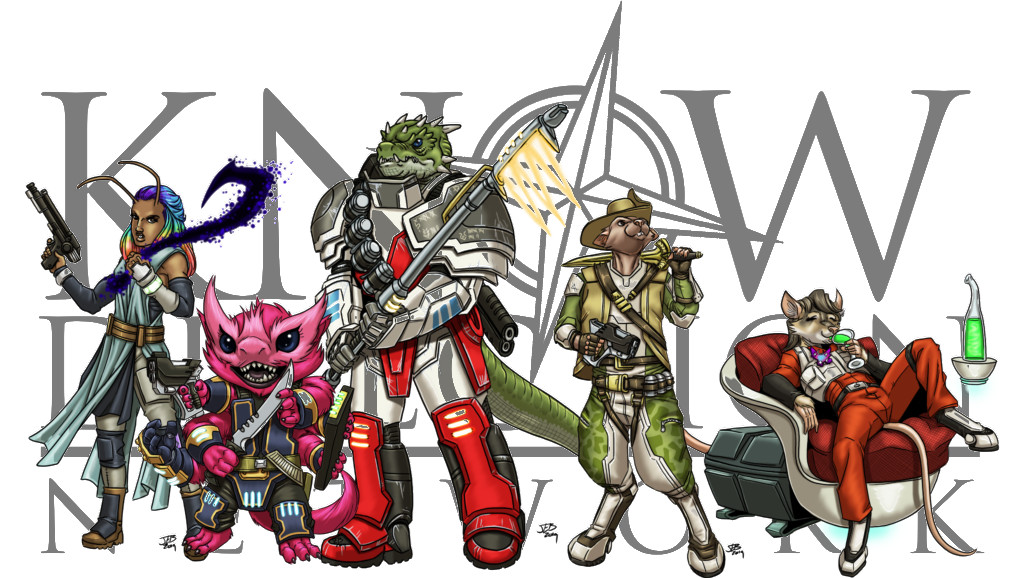This will be the last Burst of Insight blog before the New Year. So as we close out the year I thought we’d end where we began: Tooling around in the Cypher System. Specifically, the game that introduced the Cypher System, Numenera. I also thought I’d try my hand at adapting some of Numenera’s science-fantasy weirdness to Pathfinder Second Edition. Either for GM’s to expand and run a full Numenera Campaign in Pathfinder or to just add some techno weirdness to Numeria.
Numenera introduces us to the Ninth World. The Ninth World is Earth but it’s a staggering billion years in our future. The lore of the setting holds that eight great civilizations have risen and fallen and the recently returned human species is exploring and building new societies in the ruins of these prior worlds. The people of the setting have a rather medieval lifestyle but it’s augmented by the strange and nearly magical technology of the past.
Speaking of which we should start by talking about the technology of the original game, the numenera that the game takes its name from. The numenera can be classified into three broad categories: Oddities, Cyphers, and Artifacts.
Oddities have little if any mechanical effect but are weird and interesting bits of technological flotsam. An oddity may be a 6-inch piece of thin cord that cannot be cut, it might be a mirror that reflects the face of an unknown stranger, or it could be a lump of clay that reshapes itself into different geometric forms while no one is looking at it. Oddities may prove useful with creative play but they are not powerful.
The next tier of items are cyphers. Cyphers are often unstable and are always single-use items. A cypher can take many forms from ingestible pills, ray emitters, and force-field generators to clouds of nano-robots, organic grafts, or living symbiotic organisms. Think of these as the potions and scrolls of the setting but far more dangerous. Characters who carry too many cyphers (as determined by their character type and tier) run the risk of potentially deadly mishaps.
Artifacts are everything else we’d typically classify as a magic item. Some are full pieces of technology others are adapted from scraps of technology. A PC may possess an artifact sword that someone has welded a bit of numenera to the hilt that allows the wielder to inflict electrical damage in addition to the weapon’s normal damage. Or they may possess a device that hurls orbs of explosive plasma at range.
The easiest way to introduce all of this weird tech into your game is to simply reskin each item’s description. Rather than eldritch runes marking a blade or suit of armor, it might be an energy sheath generator riveted to your leather armor a gastropod that lives on your specially treated sword and secretes acidic mucous. A wand of fireballs may be that device hurling plasma I discussed above. A potion of healing might be an injector full of microscopic robot surgeons suspended in a nutrient gel.
We’ll continue talking about adapting Numenera’s weird science-fantasy to Pathfinder Second Edition in January.







